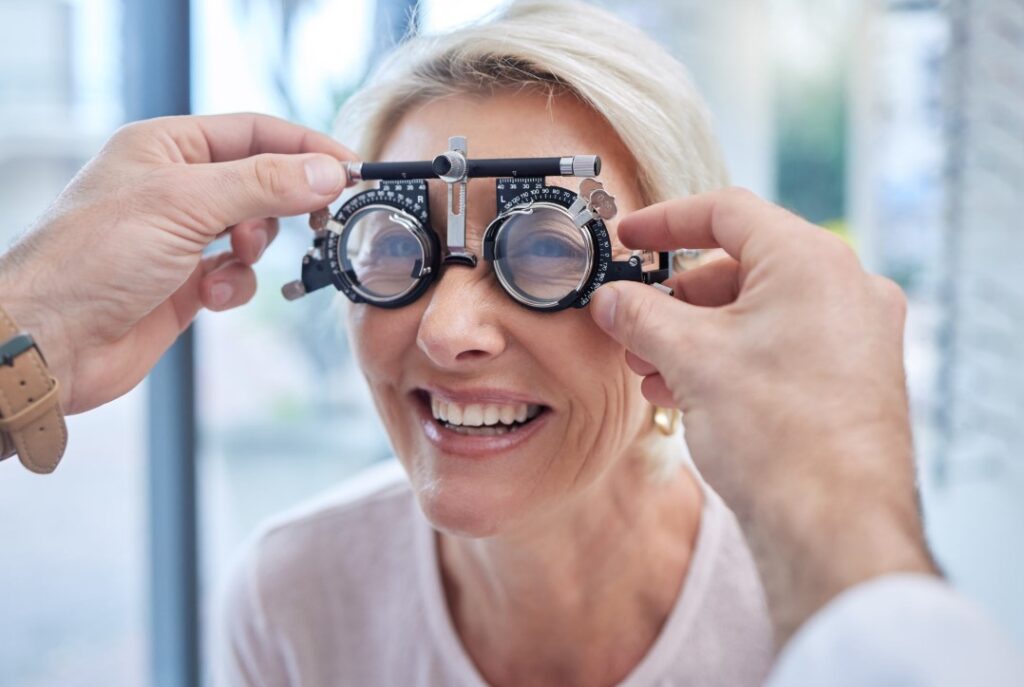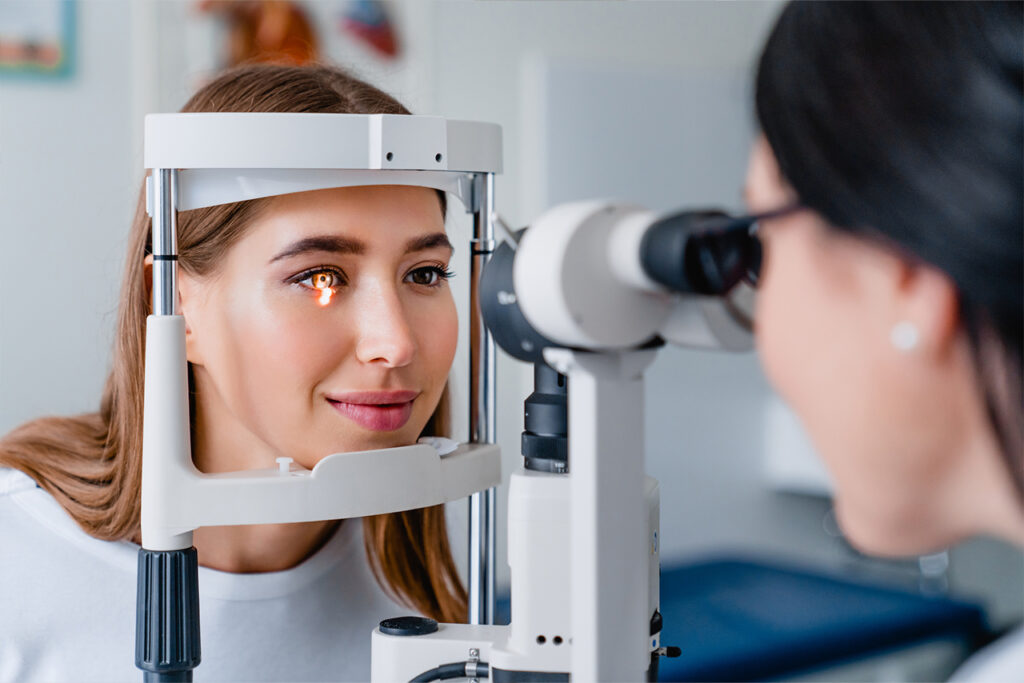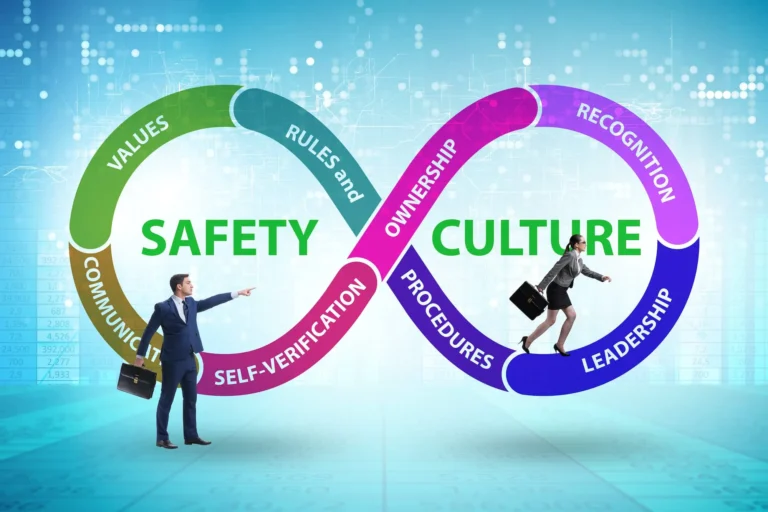Maintaining blood sugar control is more than a numbers game. If you’re living with fluctuating glucose levels, your eyes could be at risk long before you notice any signs. Small habits can protect your vision for the long run — and you don’t need extreme measures. You need consistency, the right support, and early action.
Blood Sugar Fluctuations Hurt the Eyes First
Your eyes are filled with delicate blood vessels. When blood sugar runs high, those vessels start to break down from the inside. The process begins quietly. Over time, the walls weaken, fluid leaks, and inflammation increases. This damages your retina, the nerve-rich layer responsible for vision.
You won’t feel pain. You might not notice blur or shadowing right away. But the damage builds.
People often wait for vision loss before taking action. By then, it’s harder to reverse. That’s why proactive care matters more than reactive treatment. If you’re managing blood sugar, your eyes should always be a top priority.
Support Vision With Natural Ingredients
For those looking to strengthen eye defenses further, nutritional support is a reliable option. A high-quality eye health supplement can give your body what daily meals often miss.
ZenLife is one such option. It contains antioxidants like Astaxanthin and circulation-boosting ingredients such as Panax Notoginseng. These help reduce eye strain and enhance blood flow to the retina. If you spend long hours on screens or already manage sugar levels, this kind of supplement adds another layer of defense.
Natural supplementation doesn’t replace exams or a clean diet. But it does support your body’s ability to repair and protect vision, especially under stress.

Warning Signs You Should Never Ignore
Some signs might appear mild at first, but they often point to more serious damage already in motion. You must act quickly if you notice:
- Blurry vision after meals
- Seeing floaters or flashes of light
- Difficulty seeing in low light
- Increased sensitivity to light
- Dark or empty spots in your vision field
If any of those symptoms appear, get your eyes checked immediately. Don’t wait. Early detection can stop problems from progressing further.
Annual Eye Exams Are Non-Negotiable
If you’re managing blood sugar, a yearly eye exam isn’t optional — it’s essential. Comprehensive eye exams can detect diabetic retinopathy and other issues long before vision loss sets in.
Even if your vision seems normal, you may already have microvascular changes. These can’t be seen without a proper retinal scan. Only an eye care professional can detect them in time.
During the exam, make sure the doctor includes:
- A dilated retina check
- A discussion of your glucose history
- Imaging if you’ve noticed new symptoms
Don’t wait for referrals or insurance delays. Book ahead, and protect your future sight.
Foods That Heal the Eyes
You don’t need exotic ingredients or expensive products to support your eyes through food. Focus on whole foods rich in:
- Lutein and zeaxanthin – found in spinach, kale, and corn.
- Omega-3 fatty acids – from salmon, walnuts, and flaxseeds.
- Vitamin C – citrus, bell peppers, and strawberries.
- Vitamin E – almonds, sunflower seeds, and avocados.
- Zinc – pumpkin seeds, lentils, and chickpeas.
A Mediterranean-style diet naturally includes many of these, which also helps with blood sugar stability. Food is medicine when chosen wisely.

Screen Habits That Hurt Your Eyes
Extended screen time causes more than strain. It leads to dry eyes, reduced blinking, and tension that builds up behind the eyes. For people with blood sugar issues, this pressure creates the perfect storm for complications.
Break the cycle with a few rules:
- Use the 20-20-20 rule — every 20 minutes, look 20 feet away for 20 seconds.
- Keep screens at eye level to avoid downward strain.
- Use a blue light filter after sunset.
- Blink more consciously to avoid dryness.
Screens won’t go away, but the damage they cause can be reduced with small changes.
Exercise for Circulation and Eye Pressure
Movement doesn’t just help blood sugar levels. It helps your eyes. When circulation improves, nutrients and oxygen reach the eyes more efficiently. That keeps the retina healthier.
Cardio also reduces intraocular pressure, which lowers your risk of glaucoma — another silent threat linked to high blood sugar.
Simple forms of exercise are enough:
- Brisk walking
- Swimming
- Cycling
- Gentle yoga
You don’t need intense workouts. You need consistency. Thirty minutes a day makes a real difference over time.
Don’t Let Small Problems Turn Into Permanent Damage
The biggest mistake is assuming vision loss happens suddenly. It doesn’t. It creeps in. You might miss the signs until it’s too late.
But you’re not powerless.
With daily habits, regular exams, eye health supplements, you can protect your eyes from the inside out. The process takes time, but the outcome is worth it.

Conclusion ─ Your Eyes Deserve Daily Attention
Your vision connects you to the world, your work, your loved ones. Losing it due to blood sugar mismanagement is not inevitable — but you have to take steps now.
Eyes need more than occasional care. They need daily awareness.
Start with your habits. Monitor what you eat, how you rest, how you move. Support your eyes with proper nutrition, supplements, and real rest. Most importantly, don’t skip that annual exam.
You get one pair of eyes. Guard them like your future depends on it — because it does. Would you like a companion checklist to support readers on this topic?







